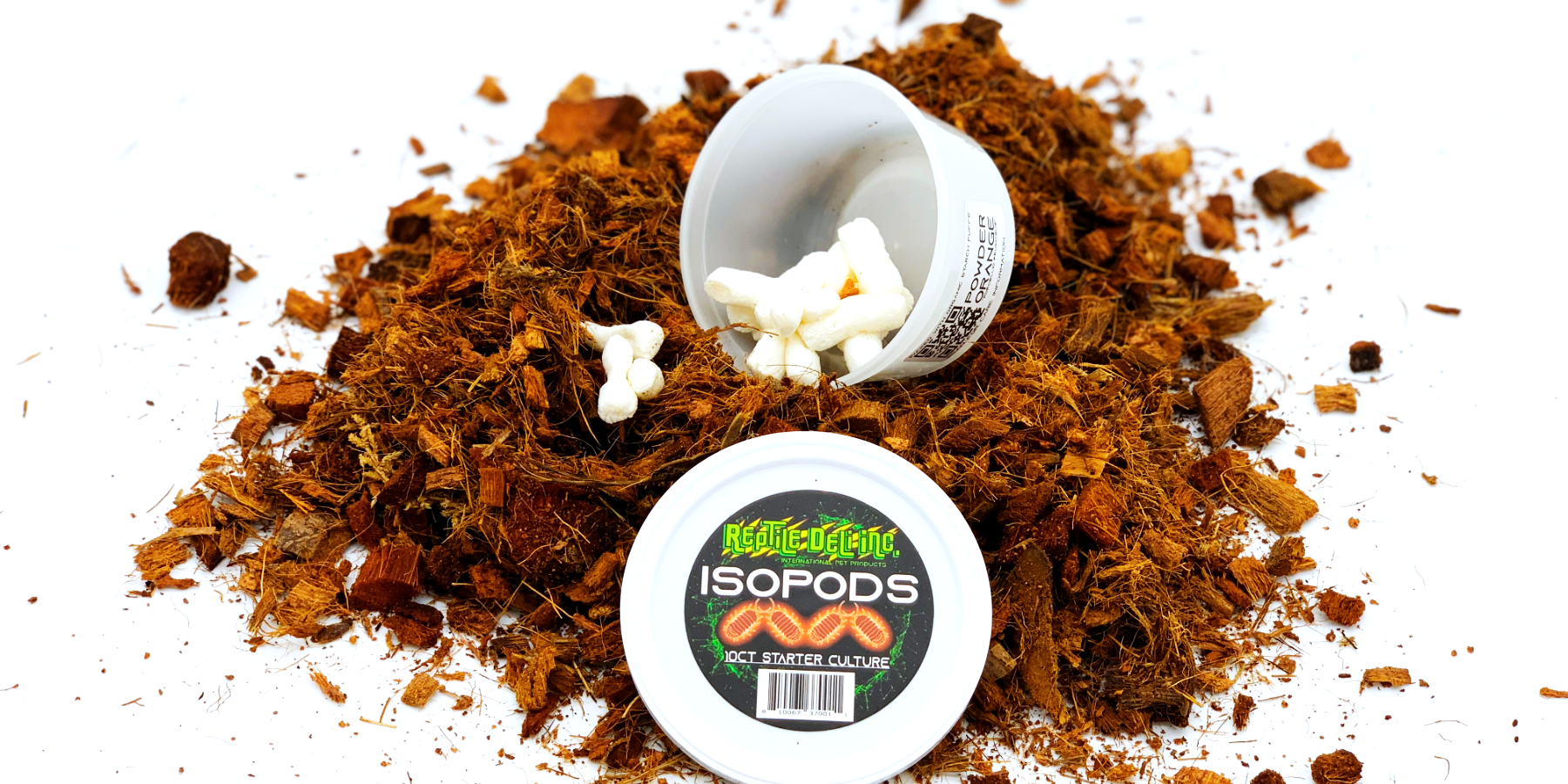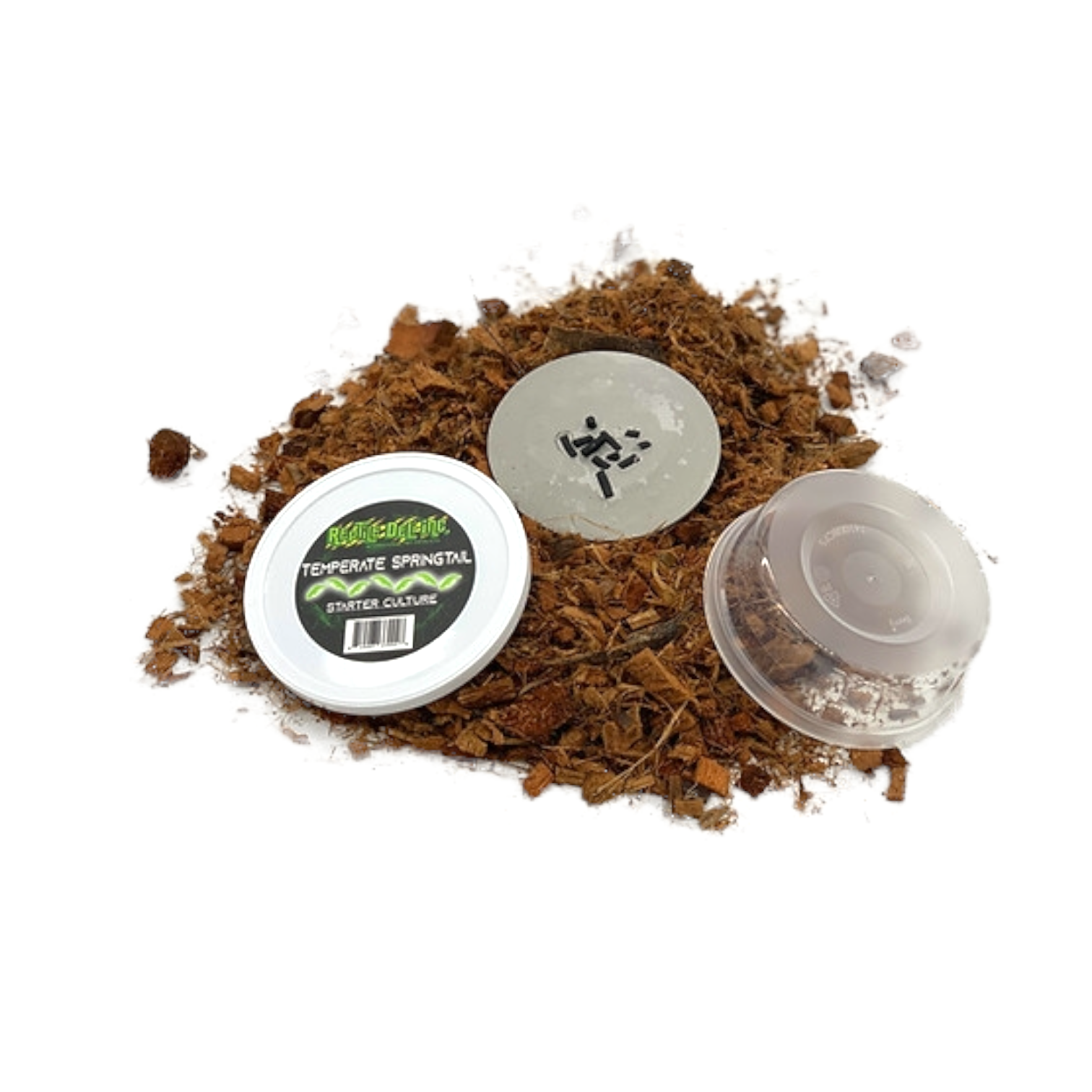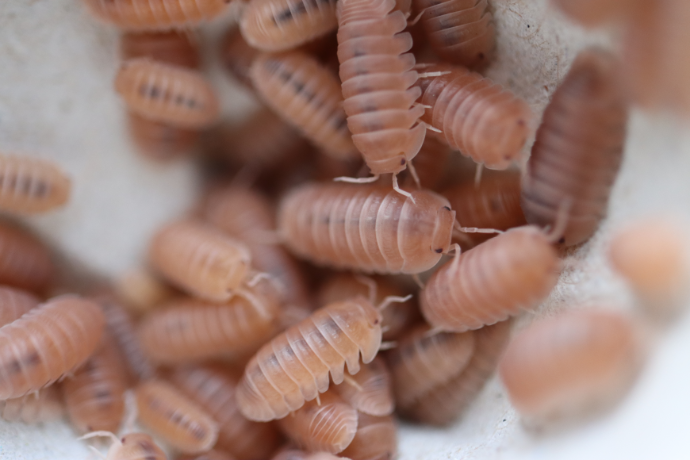How to Care for Leopard Geckos
As a cornerstone of the reptile hobby, leopard geckos are a fantastic choice for both beginners and experienced keepers.Known for their docile nature and hardiness, they are a rewarding pet to own. This comprehensive leopard gecko care guide will walk you through the essential steps to create a thriving habitat, covering everything from tank setup to diet, and will highlight how Reptile Deli products can support your gecko's health.
Leopard Gecko Habitat & Enclosure Setup
A proper setup is the foundation of leopard gecko care. Creating a naturalistic and enriching environment is key to a happy, healthy reptile.
- Enclosure Size: A single adult leopard gecko should be housed in a minimum of a 20-gallon long tank. Larger enclosures are always better, as they provide more space for a proper temperature gradient and enrichment.
- Substrate: The choice of substrate is a hot topic. While many pet stores sell "calci-sand" or other loose substrates, these can be dangerous if ingested, leading to impaction.
- Safe Substrate Options: The safest and easiest options are paper towels or Reptile Deli's terrarium liners. For a more natural and enriching environment, a bioactive substrate mix of organic topsoil, sand, and clay is a good choice. Reptile Deli's bioactive mix is perfect for this, as it is designed to mimic their natural habitat and supports a cleanup crew.
- Hides & Enrichment: Leopard geckos are crepuscular (active at dawn and dusk) and need places to hide and feel secure. You should provide at least three hides:
- Warm Hide: Placed on the heated side of the enclosure.
- Cool Hide: Placed on the unheated side.
- Humid Hide: A crucial component for shedding. This can be a simple plastic container with a hole cut in the side, filled with damp sphagnum moss or paper towels. The Reptile Deli Supplies collection includes various hides and moss that can be used for this purpose.
Heating & Lighting
Leopard geckos are ectothermic and rely on external heat sources to regulate their body temperature. Proper heating is critical for digestion and overall health.
- Temperature Gradient: An enclosure must have a temperature gradient.
- Warm Side (Basking Spot): The surface temperature should be around 90-94°F (32−34∘C).
- Cool Side: Should be around 75-80°F (24−27∘C).
- Heat Source: An under-tank heater (UTH) on one side of the tank is a common choice, but overhead heating is a more natural and effective option. Reptile Deli's heating & lighting collection offers a variety of products, including:
- Ceramic Heat Emitters (CHEs): Provide heat without light, ideal for a 24/7 heat source.
- Halogen Basking Bulbs: Replicate natural sunlight and provide both heat and light.
- Thermostat: A thermostat is non-negotiable. It regulates your heat source, preventing overheating and keeping your gecko safe.
- UVB Lighting: While leopard geckos are crepuscular, providing a low-level UVB light (2-7%) is highly beneficial for their health. UVB exposure allows them to synthesize Vitamin D3, which is essential for calcium absorption and preventing Metabolic Bone Disease (MBD).
Diet & Feeding
Leopard geckos are insectivores and require a varied, nutritious diet.
- Staple Feeders: The best staple feeders are insects that are easy to keep and gut-load.
- Dubia Roaches: A highly recommended staple due to their high protein and low-fat content. Reptile Deli's cupped dubia roaches are a convenient, ready-to-use option, while bulk dubia roaches are perfect for a long-term supply.
- Crickets: A classic choice, but they can be noisy and die off quickly.
- Mealworms & Superworms: Can be offered as a treat, but due to their high-fat content, should not be a staple.
- Hornworms & Waxworms: Excellent for a special treat or to help a gecko gain weight, but are very high in fat. Reptile Deli's cupped worms make feeding simple and mess-free.
- Gut-Loading & Supplementation: All feeders should be gut-loaded with a nutritious diet for at least 24 hours before feeding. Reptile Deli's Feeder's collection includes gut-load diets for your insects.
- Calcium & Vitamin Supplements: It's essential to dust your feeders with calcium and vitamin supplements.A small dish of plain calcium should also be left in the enclosure for your gecko to lick as needed.
Cleaning & Maintenance
Regular cleaning is vital to prevent the buildup of bacteria and ensure a healthy environment.
- Spot Cleaning: Remove feces and uneaten food daily.
- Deep Cleaning: A full deep clean of the enclosure should be done once a month, where all substrate and decor are removed and disinfected.
By following this leopard gecko care guide, and using high-quality Reptile Deli products, you can provide your pet with a healthy, stimulating, and long-lasting life.




